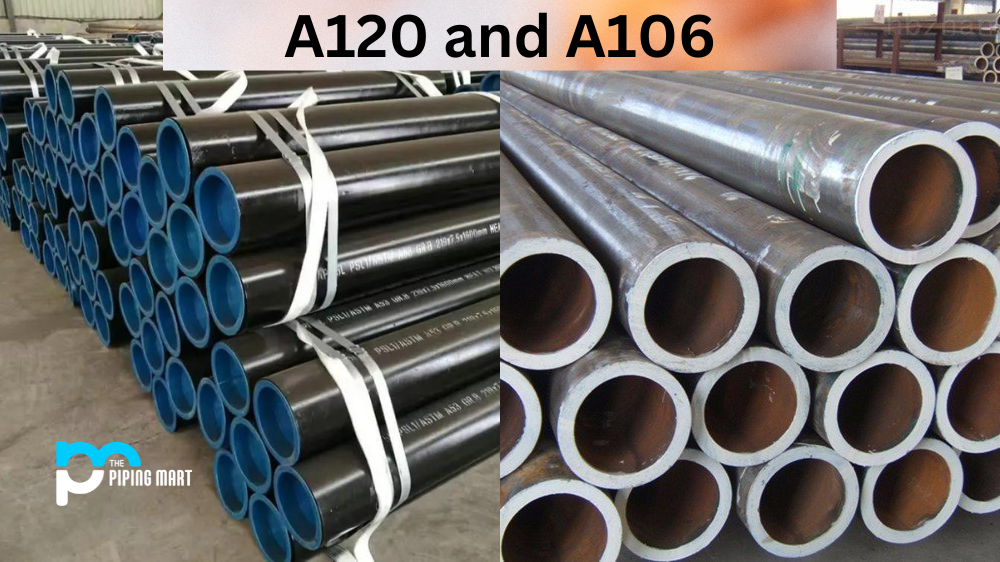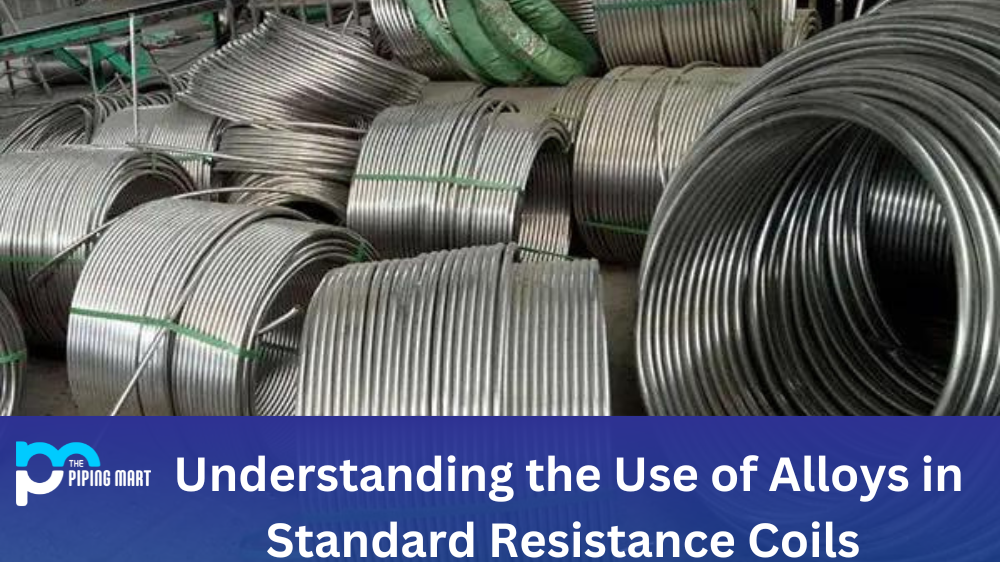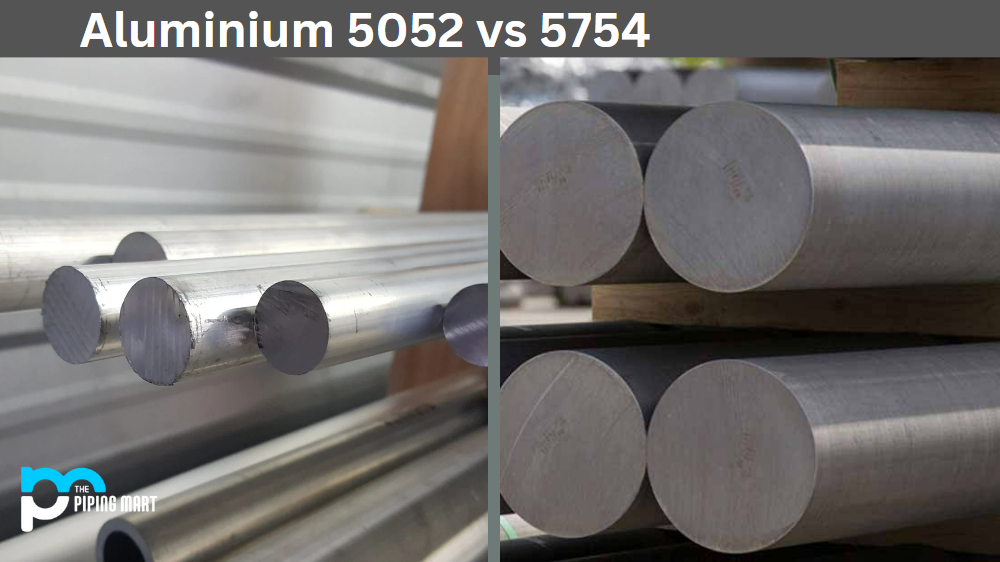Pipes are an integral part of many industrial and commercial applications. When selecting a pipe, it’s crucial to choose one that satisfies the stringent requirements of your industry and guarantees that you receive the best value for your money. Regarding black and hot-dipped galvanized steel tubes, ASTM A120 and A106 are popular options – but how do you know which one is right for your application? In this blog post, we’ll take a closer look at ASTM A120 and A106 and highlight their differences to help you make an informed decision.
Differences Between ASTM A120 and A106
Chemical Composition
One of the most significant differences between ASTM A120 and ASTM A106 pipe is the chemical composition of each grade. ASTM A120 pipe is a low-carbon steel pipe used for high-temperature applications. The composition of the steel makes it ideal for use in elevated temperatures, as it has a lower melting point than other carbon steels. ASTM A106 pipe, on the other hand, is a high-carbon steel pipe designed for use in high-temperature applications. The steel’s higher carbon content makes it more resistant to elevated temperatures and more susceptible to corrosion.
Manufacturing Process
Another difference between ASTM A120 and ASTM A106 pipe is the manufacturing process. ASTM A120 pipe is made by rolling and drawing methods, while ASTM A106 pipe is made through hot working processes. The hot working process involves heating the steel above its recrystallization temperature and shaping it into the desired shape. This method is typically used for larger-diameter pipes. The rolled and drawn method, on the other hand, is used for smaller-diameter pipes. This method involves passing the steel through a series of rollers to achieve the desired shape and then drawing it through a die to achieve the final dimensions.
Heat Treatment
ASTM A120 pipe must be heat treated to achieve its desired properties, while ASTM A106 pipe does not require heat treatment. Heat treatment is a process that alters the microstructure of the material to achieve desired properties, such as increased strength or improved ductility. The heat treatment of ASTM A120 pipe involves quenching and tempering, which involves cooling the material in water or oil and then reheating it to achieve the desired properties.
Applications
ASTM A120 pipe is typically used in high-temperature applications, such as boiler tubes, heat exchangers, car headers, and aerospace applications. ASTM A106 pipe is commonly used in industrial applications such as petrochemical plants, oil and gas refineries, power plants, and ships where there is a need for high-temperature resistance.
Cost
The cost of ASTM A120 vs ASTM A106 will vary depending on the size and quantity of each order and the current market prices for each grade of steel. However, ASTM A120 will generally be more expensive than ASTM A106 due to its higher carbon content and greater strength.
Conclusion
In conclusion, while ASTM A120 and A106 have many similarities, their intended applications are the primary differences. A120 pipes are most suitable for every day builds, whereas A106 pipes are designed for higher temperatures and more hostile environments. It’s crucial to consider the requirements of your application and the conditions the pipes will operate in before selecting either ASTM A120 or A106 pipes. Whichever you choose, ensure that the pipes comply with the needed standards, and you’ll enjoy durable and reliable performance.

Meet Bhavesh, a seasoned blogger with a wealth of knowledge and experience. From metal products manufacturing to retail, Bhavesh has a diverse background in various industries and is dedicated to sharing his insights and expertise with readers.




